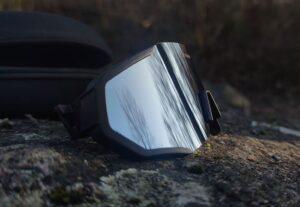No matter how hard you try, it’s impossible to not accumulate a lot of trash during your camping trip. Whether it’s from cooking or cleaning, it’s your job after camping to leave no trace.
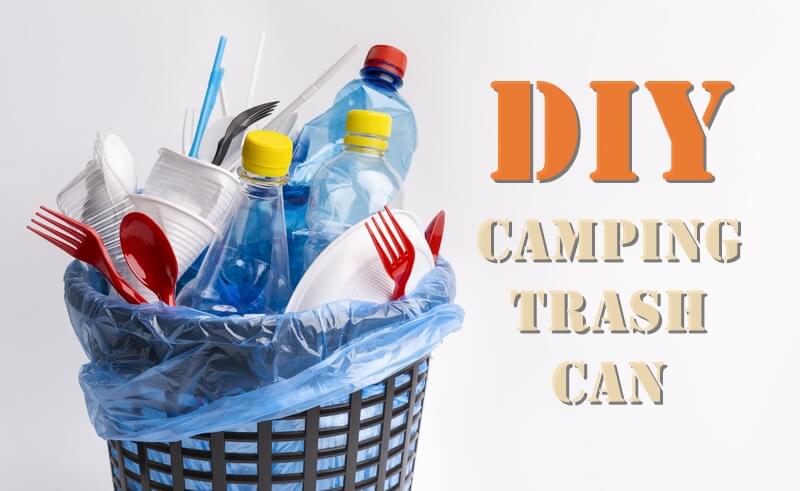
There are quite a few additional difficulties when cleaning up trash at a campsite rather than at home. Not only are you dealing with the actual act of cleaning; you need to put it away properly so you avoid any unwanted visitors rummaging through your trash, as well as limit your impact on the environment.
How-To and Benefits of the DIY Trash Can
One of the most popular DIY trash cans for the campsite utilizes something that most people already have in their homes, a pop-up laundry hamper! To make your own DIY laundry hamper garbage, simply put a garbage bag inside the hamper and you’re done. There are many pros to picking this variation of a trash can, and you can even buy a separate hamper specifically for recycling for easier organization.
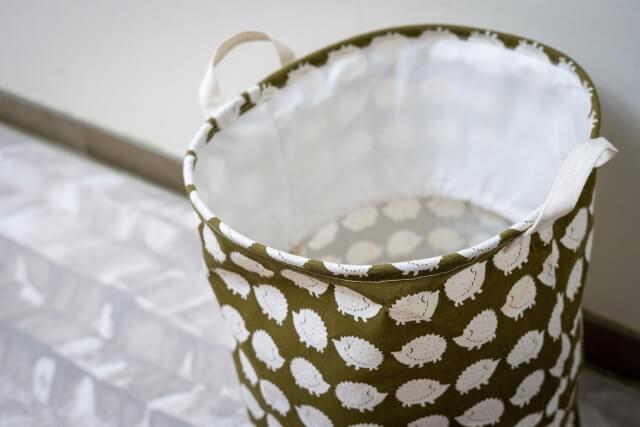
For starters, since the laundry hamper is collapsible it’s not a hassle to pack in the car and won’t take up storage space for other necessities. It is also extremely lightweight and barely weighs anything, making it extremely efficient for travel.
Collapsible hampers also won’t add much of an extra expense to your trip as they are often extremely cheap, your garbage bags will probably cost more! If you choose a hamper with handles that aren’t a rarity to find, it will also allow you easy handling when you need to move it into a safe place at night to prevent animals.
Many hampers even come with a lid on top so that you can zip it up and close it, however, it’s still a good idea to pack it in a safe place out of direct access to wildlife. Lastly, having the DIY hamper trash can prevent your garbage bag from spilling over and leaking out of the bag, as it will keep it upright and immobile.
Dealing with Different Types of Trash
You’ve now learned how to make a DIY trash can for your camping trip, but it’s also important to note that different types of trash and waste require different methods of disposal.
Material Trash
Material waste consists of things like plastic wrap or other types of packaging that cannot be recycled. Material trash can be disposed of regularly in the trash and doesn’t require much thought or preemptive measures.
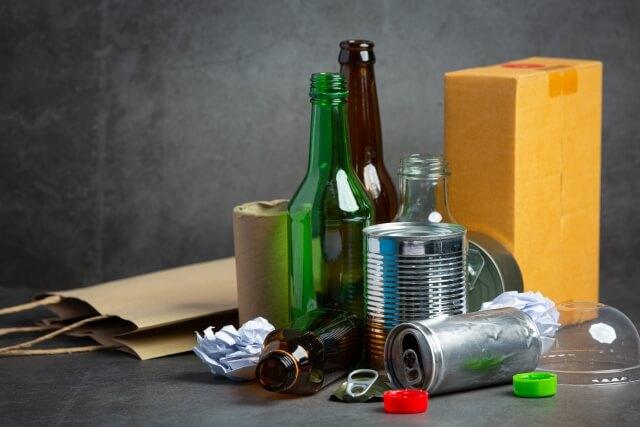
Food Trash
Food waste can be a bit more complicated to deal with, as it can attract wildlife to your campsite when dealt with improperly. It’s recommended that you hang your trash at night in a tree or some other high place. If you’re unable to hang your food, your next best bet will be to place it in your car or RV overnight.
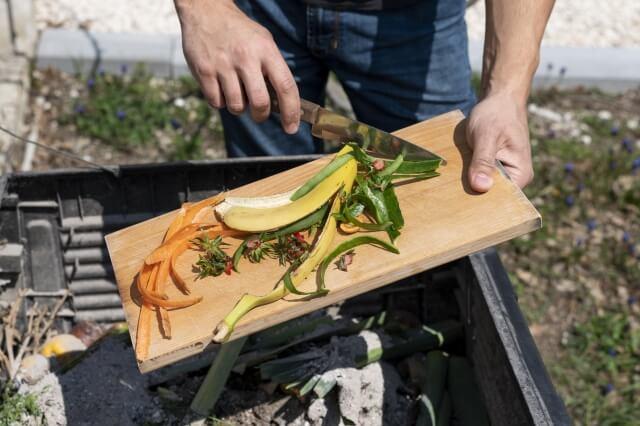
Human Waste
If you don’t have access to a restroom at a campsite, it’s important to know how to properly dispose of human waste. Improper disposal can have extremely negative effects, such as contaminating waterways and spreading disease.
Going #1
Urine has little effect on vegetation and soil, however, the smell can attract some wildlife that may dig up the area. Urinating on things such as rocks will allow them to dig without disturbing native vegetation, and going on pine needles will help mask the smell so wildlife is unable to find it to begin with.
Going #2
When nature calls, “cat holes” are the most widely accepted method of disposal. In order to make a cat hole, you should ensure that you’re at least 200 feet from any water sources, trails, or campsites. Once at the destination, you will dig a hole at least 6-8 inches in diameter and bury the human waste. Some more developed campsites will offer a designated canister where you can dispose of human waste bags. Used toilet paper should be packed out.
Tips to Accumulate Less Trash
In order to make your life even easier at the campsite you should limit how much trash you’re creating to begin with, as well as take steps to make it easier to pack out the accumulated trash before leaving.
Before you Leave
You can take steps to limit the amount of trash you’ll accumulate at the campsite before even leaving your own home. Firstly, when buying food for the trip, buy in bulk! Larger bulk items tend to have less packaging, so there will be less for you to have to throw out. Additionally, you can repack the bulk items into smaller reusable packaging.
One more step to take when shopping is to buy raw products instead of ones in tin or plastic containers. Raw products tend to come in minimal packaging and they are healthier for you anyways! Another important step is to swap out single-use materials with reusable ones.
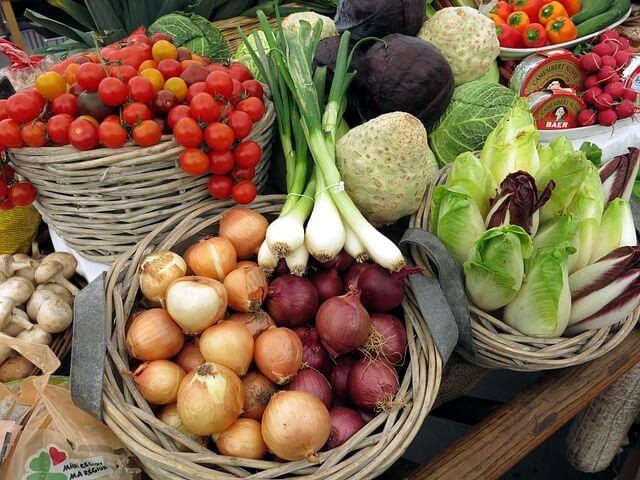
For example, switching from plastic straws to reusable ones or switching out paper napkins and tablecloths with washable versions. Instead of using paper plates and plastic utensils, invest in a cool camping dish set, as this will cut down a huge amount of your accumulated waste.
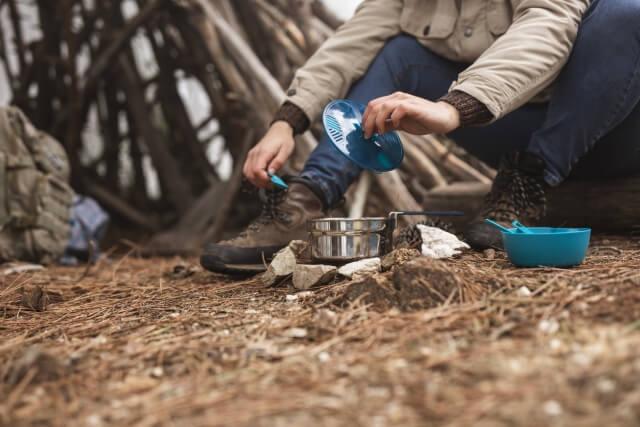
At the Campsite
Once you’re at the campsite all of the materials with you are generally the only ones for miles, so it’s important to make the most of each and every material.
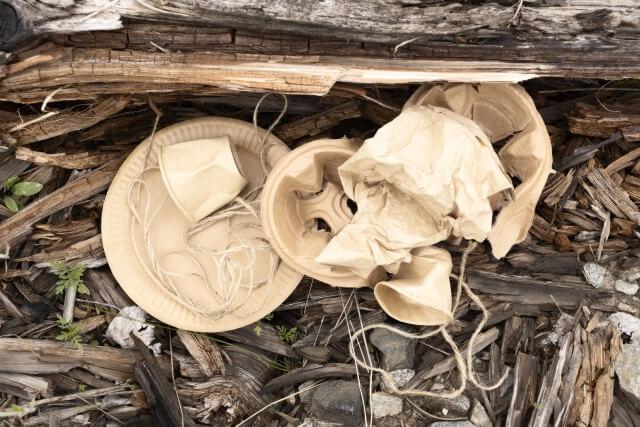
You can reuse empty containers and bags as trash bins if necessary, or as containers to pack back into your car to take back your recycling. Another tip is to use a smaller trash receptacle; by using a smaller trash bin or bag, you will be more aware of the trash you’re accumulating.
The more awareness you have, the more creative ways you’ll think of to limit what you’re throwing out such as reusing empty containers or eating leftovers you may have otherwise thrown out. In the same line as leftovers, only cook as much as you will eat and avoid overcooking.
Frequently Asked Questions
Q: How can I ensure the effectiveness of my DIY camping trash can?
A: To ensure the effectiveness of your DIY camping trash can, consider a few key tips. Firstly, choose a container with a secure lid that can tightly seal to prevent any odors or pests from escaping. Make sure the lid is easy to open and close for convenient access. Secondly, line the container with a heavy-duty trash bag that fits properly, ensuring it reaches all corners and edges. This will prevent the bag from slipping or tearing when adding trash. It’s also a good idea to have extra trash bags on hand to replace them as needed. Lastly, place your DIY camping trash can in a central location at your campsite, easily accessible to everyone, and remind fellow campers to use it for proper waste disposal.
Q: How do I dispose of the trash collected in my DIY camping trash can?
A: Properly disposing of the trash collected in your DIY camping trash can is crucial to maintain a clean campsite and protect the environment. When it’s time to leave your campsite, remove the trash bag from the container, ensuring it is securely tied or sealed. Look for designated trash bins or dumpsters at the campground or hiking area and dispose of the bag accordingly. If there are no designated facilities nearby, pack the bag securely and carry it with you until you find an appropriate disposal site. Remember to follow any specific waste disposal guidelines provided by the campground or local authorities. By responsibly disposing of your camping trash, you contribute to preserving the beauty of nature for future campers to enjoy.


